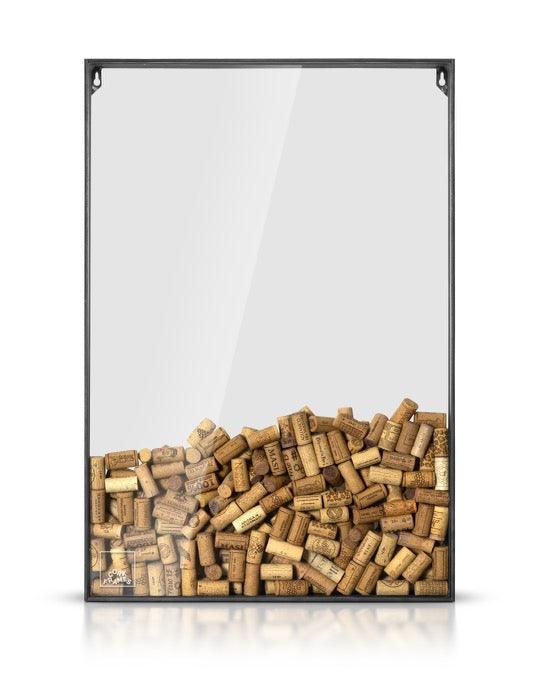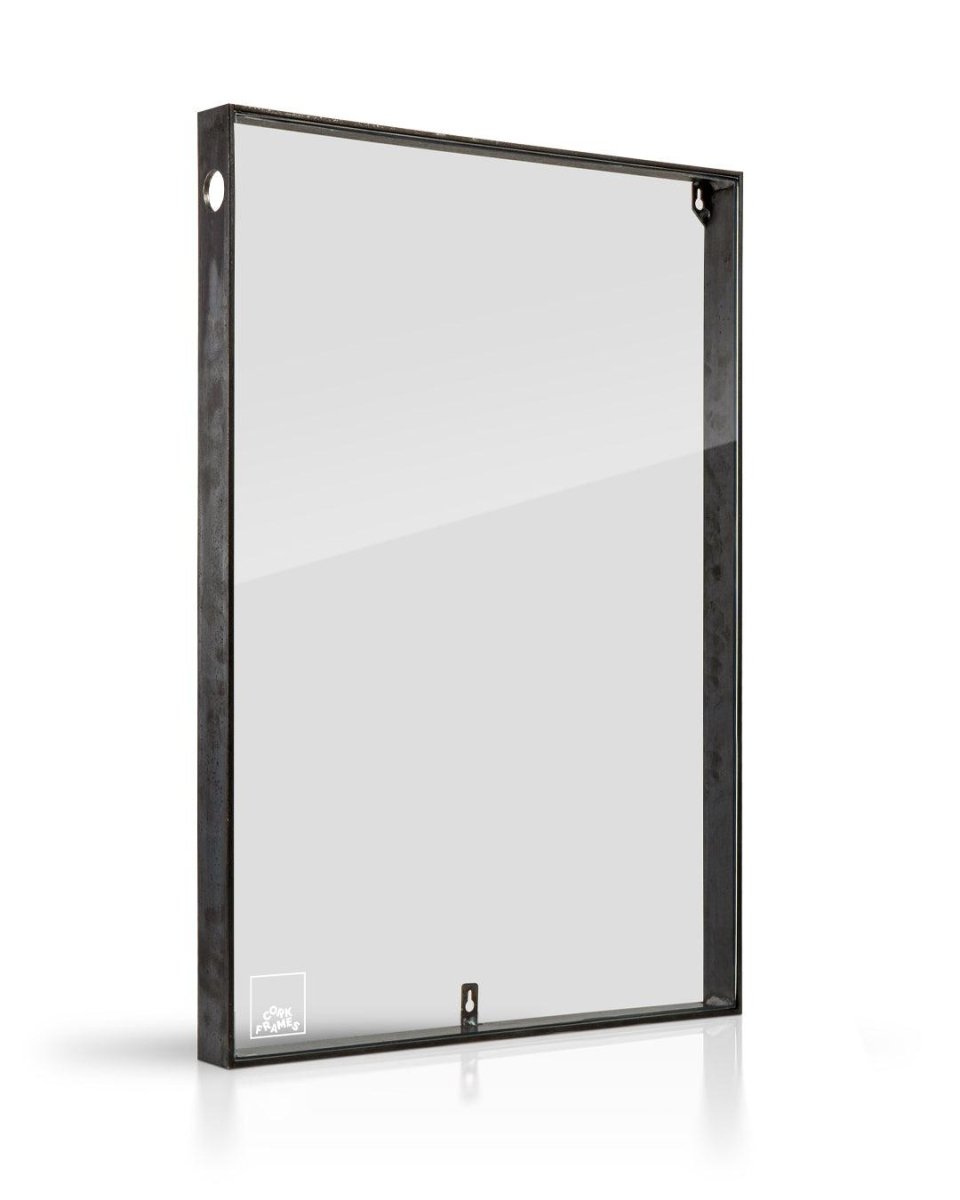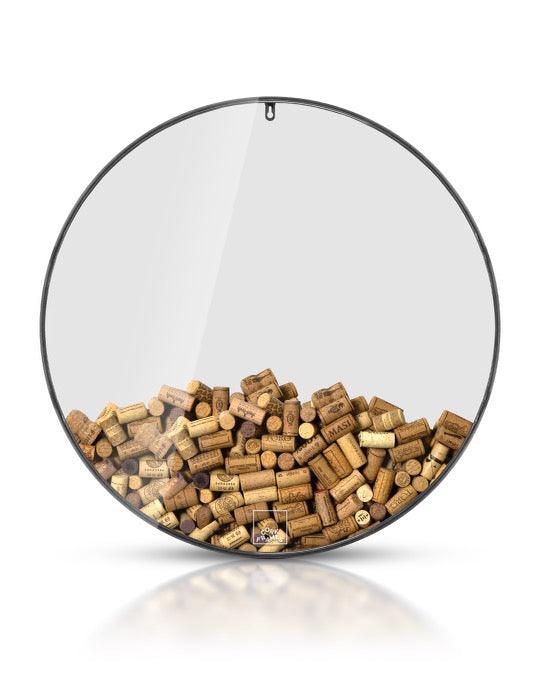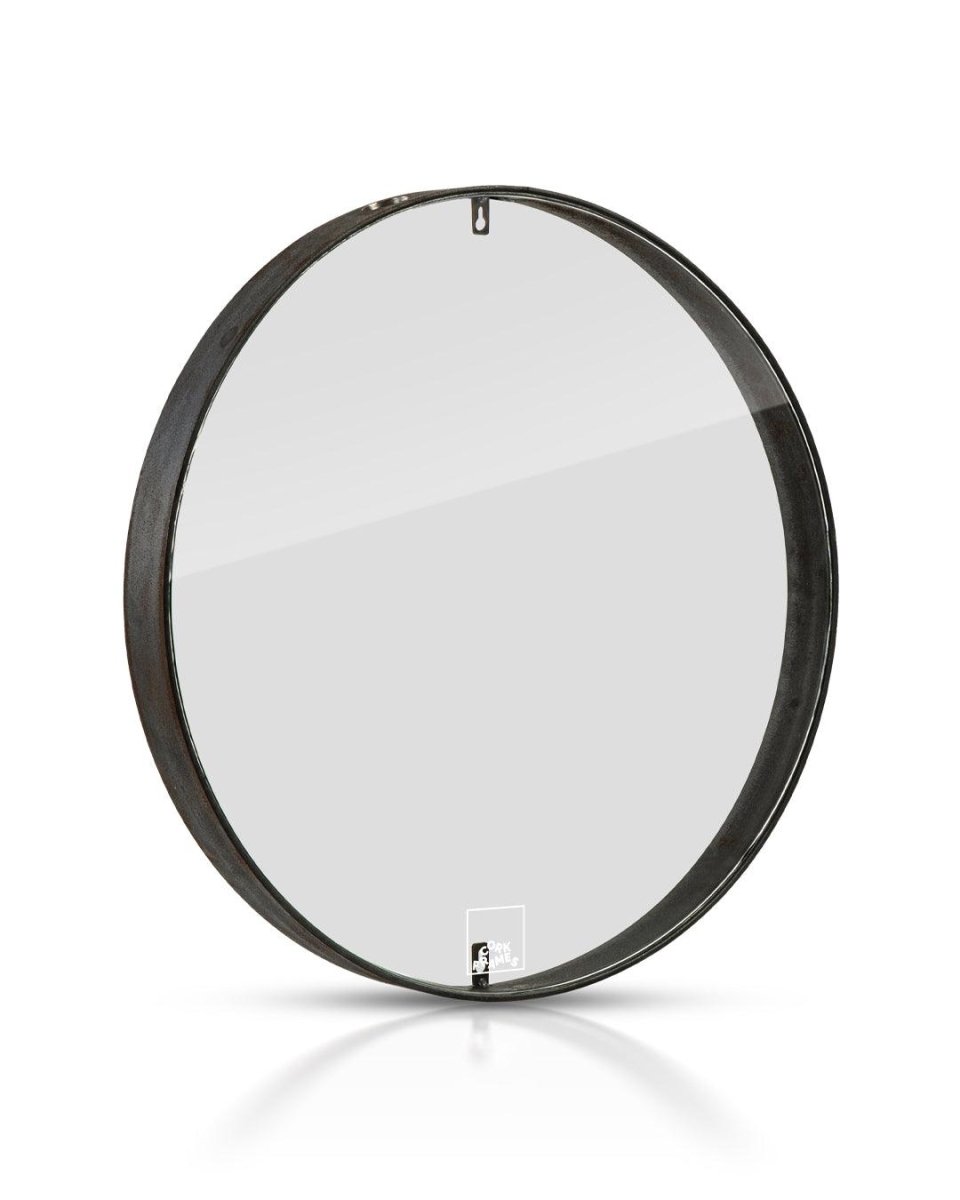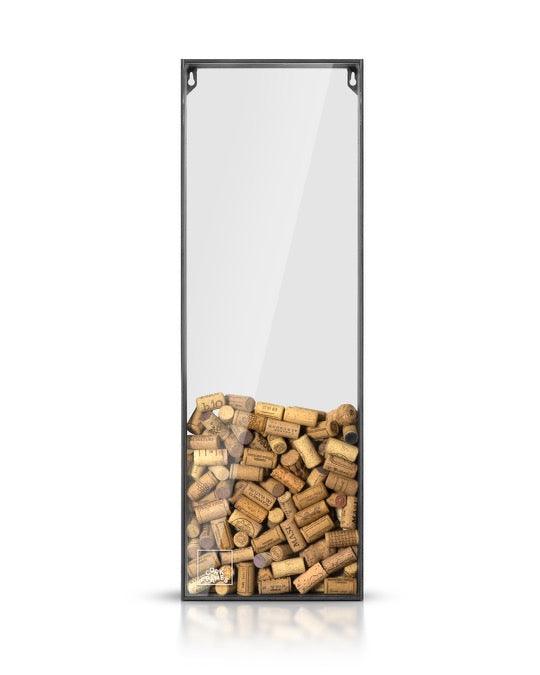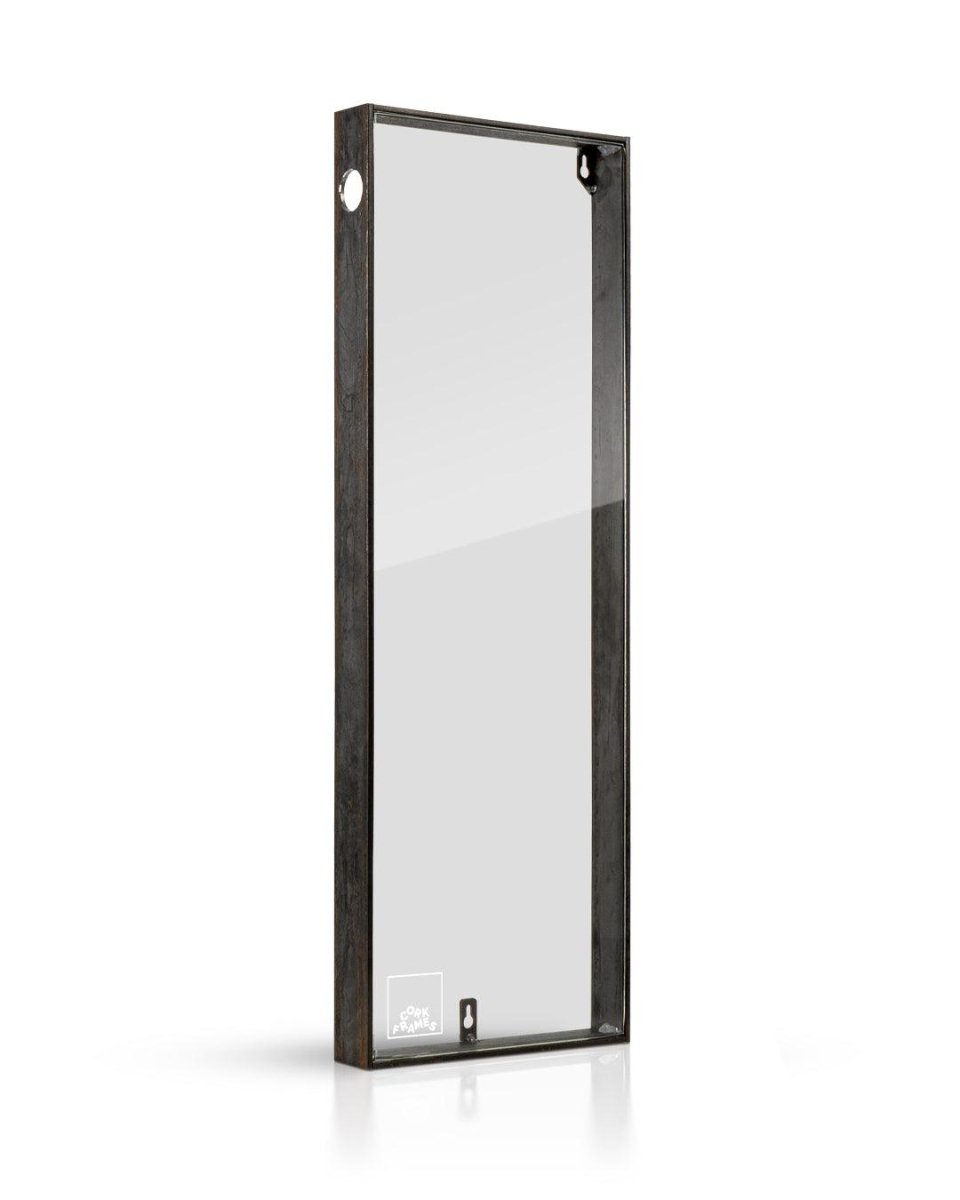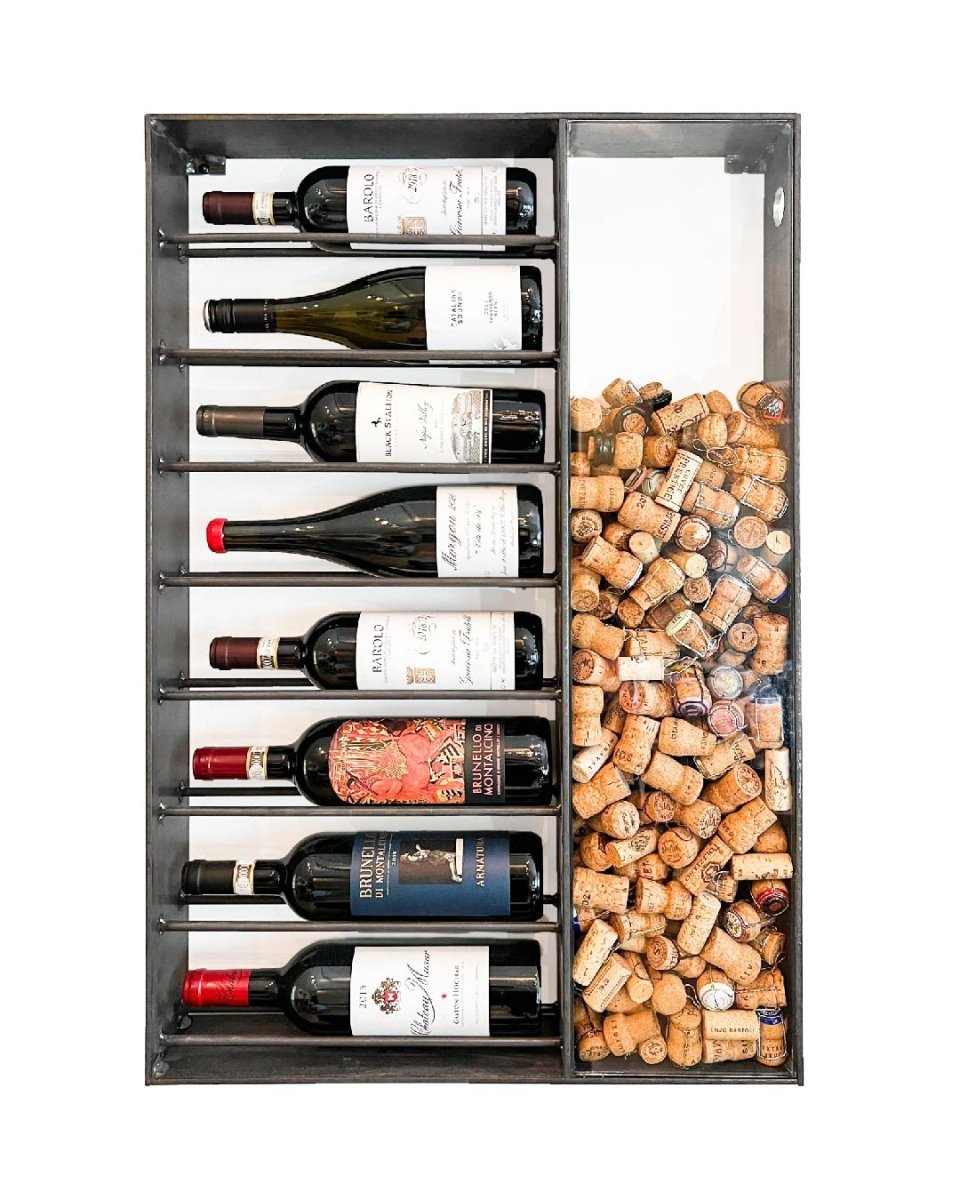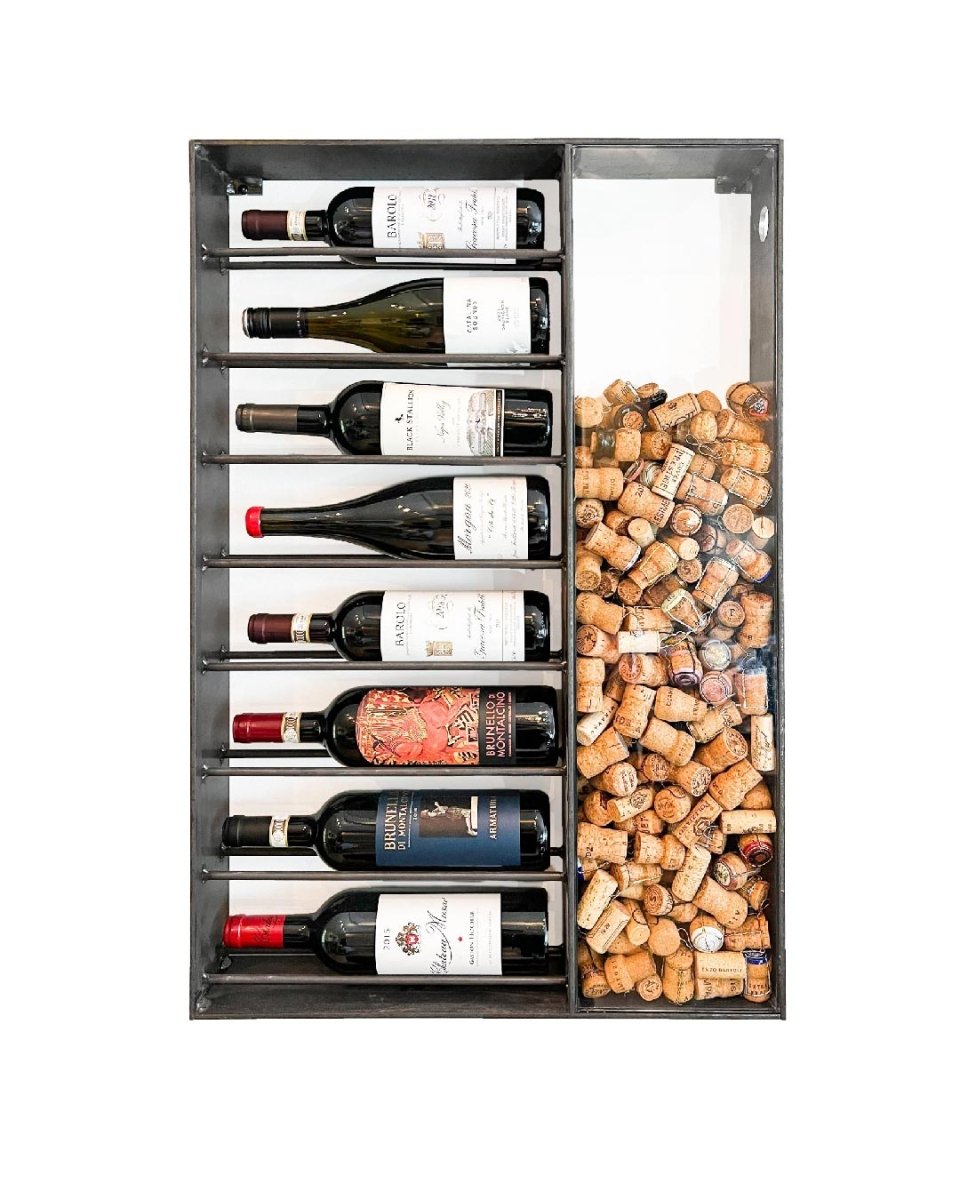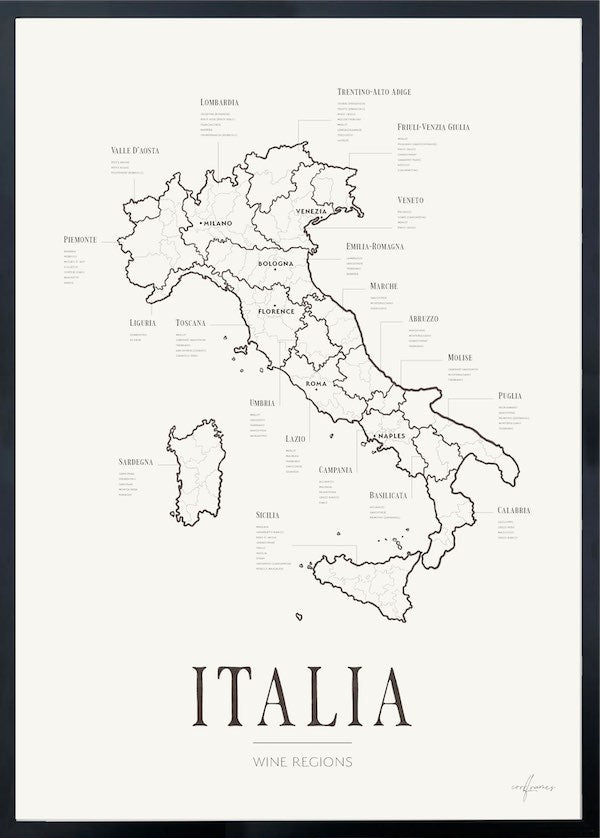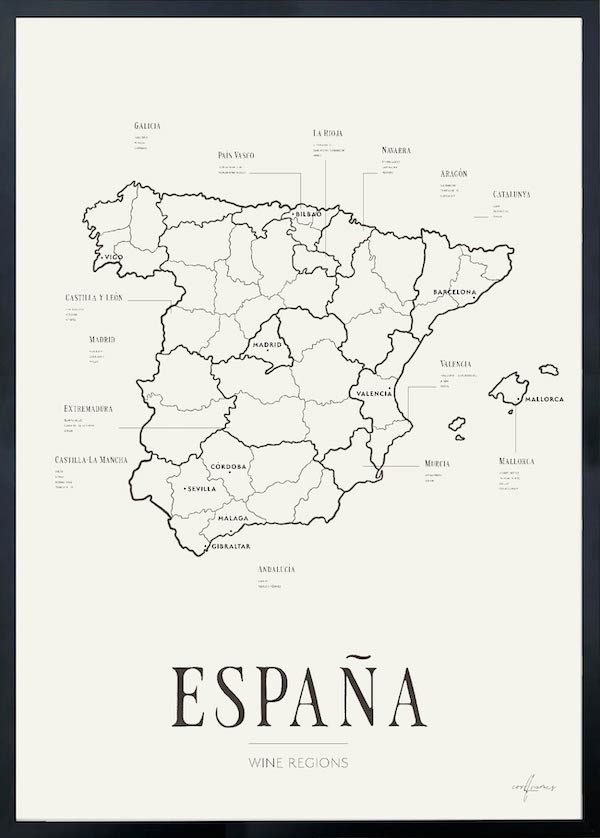Roasting your own coffee is an art form – but it’s one you can master with a bit of curiosity, some patience, and the right tools.
Here’s a clear, beginner-friendly guide to help you go from raw green beans to freshly roasted coffee in six simple steps.
Step 1: Get Green Coffee Beans
Start with unroasted (green) coffee beans, which you can find online or at specialty coffee shops. Choose a variety based on your flavor preferences – for example, fruity Ethiopian beans or nutty Brazilian ones.
Tip: Start with small amounts so you can experiment without wasting too much.
Step 2: Choose Your Roasting Method
There are several ways to roast coffee at home, depending on what equipment you have:
-
Stovetop pan: Cheap and simple, but hard to control the heat.
-
Oven: Slow and steady, ideal for beginners.
-
Hot air popcorn popper: A popular DIY method with even roasting.
-
Home coffee roaster: The most precise results – but also the most expensive.
Step 3: Prepare for Roasting
-
Measure out your green beans (about 100–200 grams is a great place to start).
-
Ensure proper ventilation – roasting produces smoke and strong aromas.
-
Preheat your oven, pan, or machine to 200–240°C (392–464°F) depending on your method.
Step 4: Start Roasting
This is where the magic happens. Pay close attention to the color, smell, and cracking sounds – they’ll guide you through the roast.
-
First crack (around 5–7 min): Sounds like popcorn popping. This is light to medium roast.
-
Between first and second crack (8–10 min): Medium to medium-dark roast.
-
Second crack (10–12+ min): Sounds like rustling. This is where you hit dark roast levels.
Note: Don’t go too far into the second crack – the beans can quickly burn.
Step 5: Cool the Beans Quickly
Once you reach your desired roast level, cool the beans immediately to stop the roasting process.
-
Pour them into a metal colander or bowl and stir with a spoon or blow with a fan.
-
Make sure the beans cool evenly to preserve flavor and aroma.
Step 6: Let the Beans Rest
Freshly roasted beans need to degas – they release carbon dioxide for 12–48 hours after roasting.
-
Store them in a container with a loose lid or a one-way valve.
-
After resting, seal them in an airtight container and use within 1–2 weeks for best taste.
Roast Level Cheat Sheet
| Roast Level | Color | Flavor Profile |
|---|---|---|
| Light Roast | Light brown | Bright, fruity, floral |
| Medium Roast | Medium brown | Balanced, chocolatey, sweet |
| Dark Roast | Dark brown | Bold, smoky, low acidity |
Some final Tips:
* Try roasting the same beans to different levels and brewing them in different ways (Aeropress, pour-over, espresso) to explore how flavor changes.
* Keep a coffee roasting journal to track times, temps, and results – perfect for finding your ideal profile.
* Host a coffee tasting at home with friends – share your roasts like you would share a bottle of wine.




